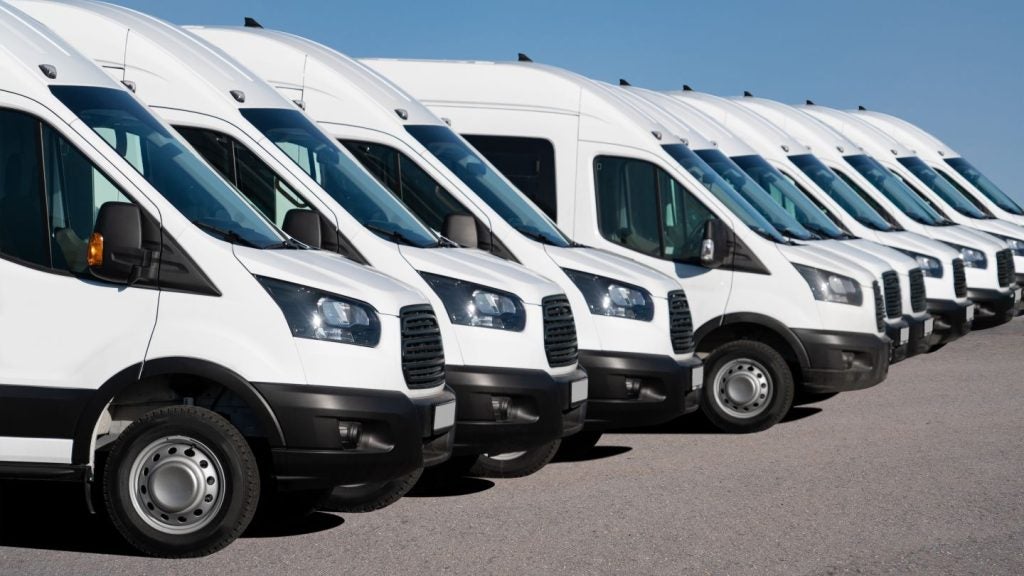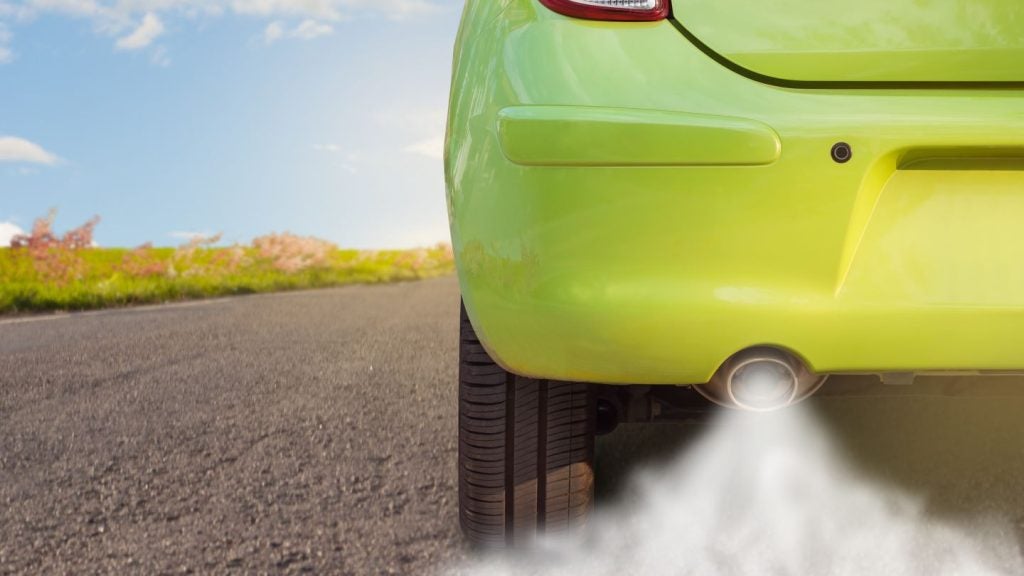
Consumer body Which? has found that 95% of diesel cars and 10% of petrol cars create more NOx gas the European laws allow.
Which? also found that the majority of petrol cars it tested also exceed EU carbon monoxide (CO) limits, and that some hybrid cars were also relatively heavy polluters.
Following the emissions scandal which originated in the US in 2015, but soon spread across the globe, Which? began analysing detailed emissions data for over 300 cars it had tested since 2013.
The company found a ‘chasm like gap’ between what was claimed officially, and the pollution levels created in real world circumstances.
Some of the findings include the Jeep Grand Cherokee, which emitted 15 times as much NOx as the Euro 5 limit, the petrol Hyundai Veloser, which produced five times the legal limit of the Carbon Monoxide, and a number of petrol hybrids, which also broke CO limits.
38 of the cars Which? tested failed to meet the 1993 Euro 1 emissions standard. Of the 300 tested, 85 would have failed 2001s Euro 3 standard.
How well do you really know your competitors?
Access the most comprehensive Company Profiles on the market, powered by GlobalData. Save hours of research. Gain competitive edge.

Thank you!
Your download email will arrive shortly
Not ready to buy yet? Download a free sample
We are confident about the unique quality of our Company Profiles. However, we want you to make the most beneficial decision for your business, so we offer a free sample that you can download by submitting the below form
By GlobalDataWhich? blamed the New European Driving Cycle (NEDC) test, which it called ‘outdated’, ‘lenient’ and ‘exploitable.’ The company said its own tests, which also take place in a lab, use more challenging and realistic driving cycles. In the future it said it would adding on-the-road emissions tests.
Which? executive director Richard Lloyd said: "The current official tests are clearly not fit-for-purpose and we urgently need a new regime putting in place that reflects the reality of how we drive."
Commenting on Which?’s findings, the Society of Motor Manufacturers and Traders (SMMT) said: "All cars sold in the UK undergo an official test under EU law to ensure they meet the latest emission standards. The testing method employed by Which? is very different from the official EU test, so it is no surprise it delivers different results.
"The existing test is a laboratory test and was never designed to reflect the infinite variations of ‘real world’ driving. New technology now means the test can be changed to make it more representative of what consumers experience. However, given the huge differences in temperature, road and vehicle conditions as well as driving styles, no test can ever replicate exactly what happens on the road all the time.
"Industry wants this new test in place as soon as possible but it must be robust, credible and repeatable – the benchmark of any objective assessment."







